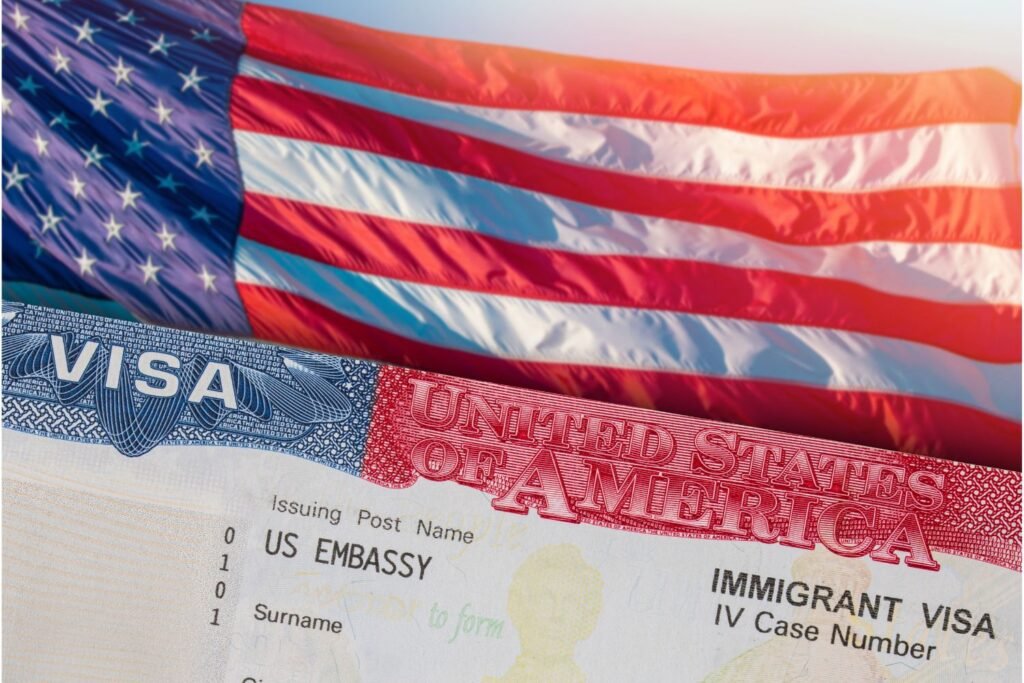The nation with the highest rate of visa denials for the United States

Getting a visa to the United States can be a challenging process, especially for citizens of some South American countries. While nations like Argentina and Bolivia have high rejection rates, there is a country in the region with an even higher percentage. In this article, we explore the reasons behind this phenomenon and other countries facing similar difficulties worldwide.
### The country with the highest rejection rate

Venezuela is the South American country with the highest visa rejection percentage, reaching an alarming 37.40%. This high rate is related to the severe political and economic crisis in the country. The massive migration caused by the humanitarian situation has made it difficult for many applicants to demonstrate strong ties to their home country, such as stable employment or properties. This raises suspicions about the intention to return, increasing the chances of the application being rejected.
In addition to this, diplomatic tensions between Venezuela and the United States, exacerbated by sanctions imposed on the government of Nicolás Maduro, play a role. Applications from individuals linked to the regime or government officials are usually particularly stringent, affecting even those who have no direct ties to politics but suffer the consequences of the restrictions.
### South American countries with high rejection rates
Alongside Venezuela, other South American countries have high visa rejection rates for the United States. Ecuador and Guyana rank next with 36.99% and 34.25%, respectively. These rates also reflect socioeconomic difficulties, such as lack of stable job opportunities and poverty, making it hard for many applicants to prove their willingness to return to their country after visiting the United States.
### The complete list of South American countries
Here is a complete list of South American countries with their respective visa rejection percentages:
– Argentina: 8.90%
– Bolivia: 28.93%
– Brasil: 15.48%
– Chile: 20.15%
– Colombia: 24.70%
– Ecuador: 36.99%
– Guyana: 34.25%
– Paraguay: 18.09%
– Perú: 21.30%
– Surinam: 13.63%
– Uruguay: 2.63%
– Venezuela: 37.40%
As seen, countries like Argentina and Uruguay have low rejection rates, while Bolivia, Ecuador, and Guyana face significant rates. However, Venezuela remains the country with the highest rate.
### Countries with the highest rejections globally
Globally, there are countries with even higher rejection rates. In 2024, Laos tops the list with 82.84%, followed by Liberia with 79.38% and Somalia with 77.02%. These countries face humanitarian crises and prolonged armed conflicts, making it difficult for applicants to demonstrate strong ties to their home country.
Other countries like Guinea-Bissau, Mauritania, and Guinea also have high rejection rates due to their economic and political problems, increasing suspicions of permanent migration intentions.
### Countries with low rejection rates
On the other hand, countries with low rejection rates include Monaco and Liechtenstein, both at 0%. These countries have stable economies, strong diplomatic relations with the United States, and few visa applicants, contributing to their low rejection rates. Israel, with 8.64%, and the United Arab Emirates, with 1.46%, also have low rates due to their strong economic and political ties with the United States.
### What is a visa?
A visa is an official permit granted by a country to authorize a person’s entry, stay, or transit in its territory for a specific period. The visa application process evaluates reasons such as the purpose of the trip, security, and the applicant’s willingness to return to their home country. However, the rejection rate varies based on the political, economic, and social context of each country.





